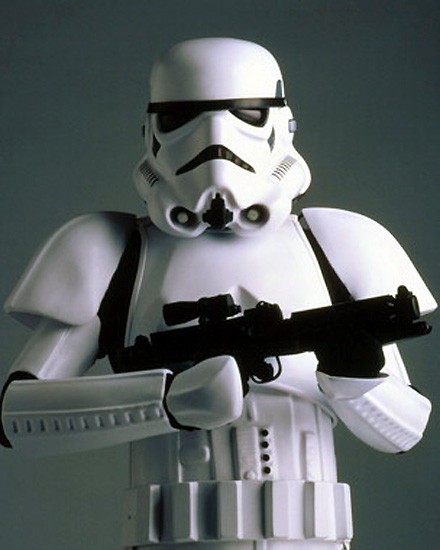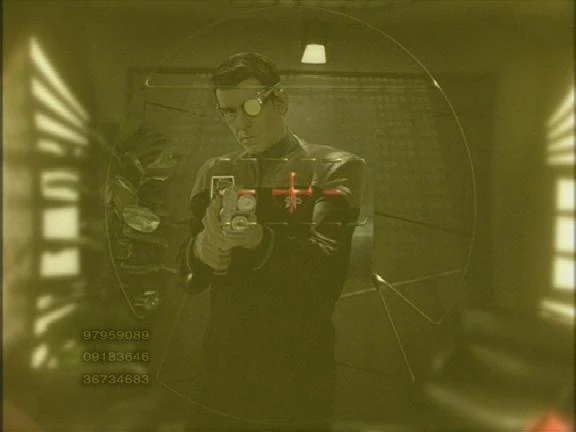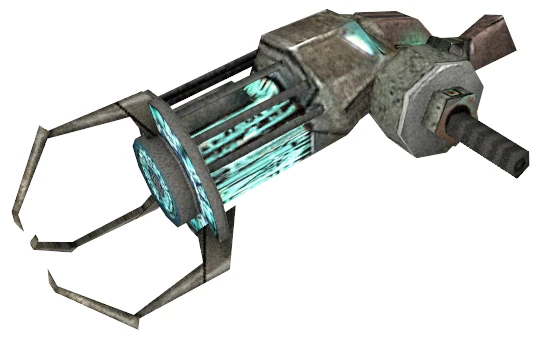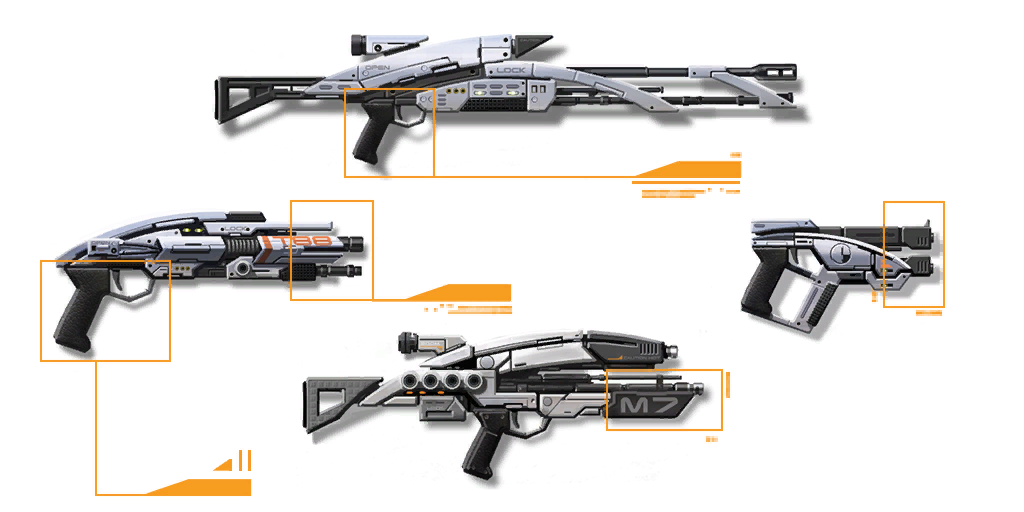4. Why build the Death Star with a weakness? / Why not cover the vent?
In the climax of the first Star Wars movie, the Death Star is destroyed by shooting a proton torpedo (space missile) down the 2-meter-wide thermal exhaust shaft for the Death Star's reactor. Many people have pointed out that designing your planet killing super weapon with such a glaring weakness was super stupid. The thing is, it was necessary.Really hot things, such as giant reactors that power space stations the size of moons, need to vent heat to prevent them from overheating and exploding. This is especially problematic in space where there is no atmosphere to cool hot things through convection. All of the heat from the death star's reactor needs to leave somehow, and they don't want it conducting into the metal superstructure of the station or radiating outwards into the occupied portion of the station. The solution presented in the movie appears to be a small exhaust port that allows the space station to vent hot gas or plasma to cool the reactor.
In the scheme of things this is a tiny chink in the Death Star's armor. A 2-meter-wide target is extremely difficult to hit with weapons being fired from a small flying at supersonic speeds, which is all that the rebels seemed to have access to. Beyond that difficulty, the animation at the Rebel briefing shows that the missile has to thread the entire exhaust shaft that runs the full radius of the space station to reach the reactor core. If that torpedo hits the side of the shaft, the Rebels' plan is screwed. Luke has to use his Jedi powers to guide the torpedo to it's mark, and the Empire was pretty sure they destroyed all the Jedi. The empire actually prepared surprisingly well. The thermal exhaust port was also far from unguarded. There were turrets shooting down the Rebel ships and there was a fighter squadron deployed to intercept the attackers before they could reach the port.
The port wan't rally a gaping weakness and the Rebel plan was an extremely desperate ploy that was unlikely to succeed. They had to go with the desperate plan because they were about to be blown up with a big, freaking laser. One also has to keep in mind that the port was a tiny hole in something the size of a moon and that the rebels would have never found it without stealing the blueprints, which were seized only with a healthy helping of dumb luck/destiny.
As for why the didn't cover the exhaust port, it was probably because that would prevent it from working. Covering vent holes prevents the vent from venting stuff out the hole. The movie also mentions that the vent is ray shielded. In the expanded Star Wars canon (getting into severe nerd territory here) ray shields deflect energy weapons such as blasters. In the movie they explicitly state that the ray shield is why they have to use a physical projectile in the form of the proton torpedoes. The Star Wars universe also has particle shields that block physical projectiles and keep the air from leaking out of spaceship hangars. Having one of those on the exhaust port would prevent it from venting gas.
3. Why did the Rebels enter the the trench so early before the Death Star attack?
Many people have pointed out that a lot of the rebel fighters in the Death Star attack get shot while flying down the trench to the thermal exhaust port. A common criticism is that the Rebels should have entered the trench much closer to the exhaust port to not get shot down. I'm pretty sure the trench was actually safer.
The surface of the station above the trench was bristling with turbolaser turrets that were shooting at the rebel fighters. Inside the trench there were many fewer turrets, and the ones outside of the trench couldn't shoot down into the trench.
 |
| Turbolasers. They'll kill ya. |
The trench wasn't any less safe than approaching the port directly. Basically, Porkins was screwed from the start.
 |
| Porkins. He stayed on target. |
2. Why does stormtrooper armor not protect them from getting shot?
The armor of the Imperial stormtrooper has become a pop culture icon. Even to non-fans of the series, the plastic plate armor and frowny-face helmet are instantly recognizable.
 |
| "I look cool. Right?" |
First, It is worth mentioning that this is a trope common to many movies and other forms of media. Fantasy and medieval movies depict handheld weapons punching through steel breastplates which were immune to such attacks. Modern movies often show police dying from single pistol shots to the chest, which should be stopped by under-shirt, Kevlar vests. The ineffectiveness of armor Star Wars seems to draw more attention than these other movies, probably because it is a movie that people watch dozens or hundreds of times and scrutinize it.
But just because the armor is never shown stopping blaster bolts doesn't mean it's useless. Since the First World War, soldiers have worn helmets that couldn't stop a bullet, but could protect from shrapnel and debris from explosions. In the Vietnam War, American soldiers wore flak vests that offered similar protection against shrapnel but were ineffective against bullets. The stormtrooper armor could be similarly intended to protect against other forms of danger such as shrapnel, edged weapons, blunt force trauma, conventional projectiles, and hostile environments. This is backed up by the Star Wars expanded universe materials. Someone who wants to kill a strormtrooper needs use a blaster, which are honestly far inferior to modern guns. It's always advantageous to have a projectile that doesn't glow red and travel with all the speed of a lethargic Nerf dart.
I have also observed that most of the stormtroopers in the movie are either shot with their own stolen rifles or by Rebel soldiers carrying rather substantial looking blasters. The one real exception is Han Solo's iconic blaster pistol, which in the Star Wars lore is supposed to be a very powerful weapon with illegal modifications installed. Different Star Wars books indicate that the stormtrooper armor may provide protection against less powerful blasters that might be carried by random rabble.
1. Why do stormtroopers suck at shooting?
This has been made fun of so much that it has it's own TV Tropes page. Those wacky dudes are easy to kill AND incompetent!
This problem is actually true of most movies with gun-wielding bad guys. The TV Tropes page may be named for the stormtroopers, but it contains many, many examples of bad marksmanship by movie villains. Once again Star Wars gets too much grief for a common example of movie laziness. This is partially because Star Wars is chronically over-analyzed, but the movie also brings it upon itself when Obi-Wan brings up how "only Imperial stormtroopers are so precise."
But through most of the Star Wars films they aren't that bad at killing things with guns. They totally wreck that Jawa sandcrawler, Luke's extended family, the guards on Leia's ship, and tons of ewoks. Most of their incompetence is concentrated in the Death Star escape scene. After they escape, Grand Moff Tarkin mentions that they let the Rebels escape so that they could track them to the rebel base. So they really don't suck so bad after all.
 |
| "It's probably why they took over so easily." |




